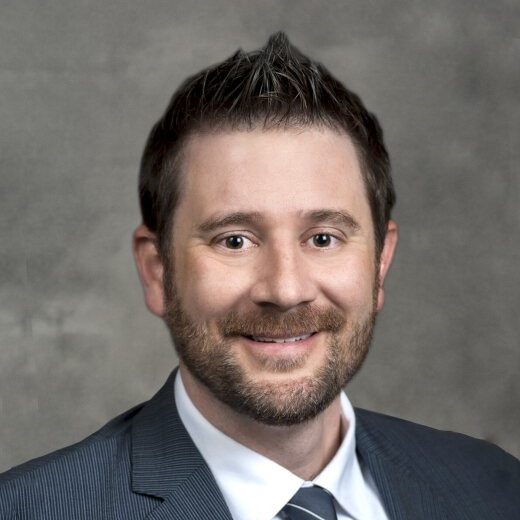Sports, Pain and Physiatry
The PacMed Sports, Pain and Physiatry team includes physicians focused on restoring function and quality of life to people with physical or cognitive deficits due to neurological injuries, pain, physical impairments, or disabilities.
SPORTS MEDICINE
Sports medicine is used to diagnose and treat sport and exercise-related injuries.
While many associate this field with professional athletics, sports medicine treats non-athletes, too. Our patients range from back-strained gardeners to overworked runners training for their first marathon. Your specialist can evaluate and treat most any musculoskeletal injuries, including concussions, muscle strains, ankle sprains, meniscal and ACL tears, tendonitis (including the Achilles), and injuries of the knee and rotator cuff.
Whatever the injury, your physician will work with you to devise a personalized treatment plan, from simple rest to surgical intervention. Careful evaluation will determine whether your injury can be treated conservatively with physical therapy, or if surgical intervention would be most appropriate. If surgery is required, your sports medicine specialist can recommend a surgeon who would be most appropriate for your injury.
INTERVENTIONAL PAIN MANAGEMENT
In the United States, it’s estimated that the total direct and indirect cost of chronic pain is $294 billion every year. And that’s just the economics. There is no way to calculate the cost in suffering that pain causes. Pain makes it hard for someone to concentrate, to work or to continue normal activities. In fact, pain can overwhelm a person’s life.
Our focus is on your quality of life.
Our Pain Specialists Utilize State–of-the-Art Treatments
At Pacific Medical Centers, our pain specialists understand the many dimensions of pain. They combine appropriate and timely evidence-based therapies to provide pain relief and to improve quality of life. Whenever possible, the goal is to manage pain without the use of narcotics, through techniques such as transforaminal, interlaminar, or caudal epidural injections; sacroiliac joint injections; facet joint injections and radiofrequency ablation; epidural lysis of adhesions; vertebroplasty; and spinal cord stimulation, just to name a few of the therapies available.
Keeping Treatment on Target
Treatment strategies may rely on fluoroscopic (X-ray) guidance to assure proper placement of needles for the injections and for enhanced patient safety. Fluoroscopy involves using a special technique to obtain real-time, moving images of the spine or related structures. Ultrasound may be used in other procedures for visualization and enhanced outcomes.
PHYSIATRY
Physiatry-also called Physical Medicine and Rehabilitation-is a branch of medicine focused on restoring function and quality of life to people with physical or cognitive deficits due to neurological injuries, pain, physical injuries, pain, physical impairments, or disabilities.
Physiatrists work in a multidisciplinary environment. Specifically, they often work closely with physical therapists, occupational therapists, speech and language pathologists, psychologists, orthotists/prosthetics, and other medical and surgical specialists.
At PacMed, our physiatrists provide comprehensive management of patients with impairments and disabilities due to neuromuscular, musculoskeletal, and vascular conditions or injuries. In particular, they aim to foster quality-of-life improvements for patients who need neurological rehabilitation.
To schedule an appointment, please call 206.505.1001
We currently offer the following services:
- Comprehensive management of spine and peripheral joint pain
- Diagnostic and therapeutic injections
- Diagnostic ultrasound and ultrasound guided injections
- Electro-diagnostic studies (EMG/NCV) and neuromuscular medicine
- Osteopathic manual manipulation
- Sports medicine
- Sports concussion management, including baseline and post-concussion testing
We diagnose and treat the following conditions in patients:
- Sports injuries
- Work-related injuries
- Back pain
- Neck pain
- Musculoskeletal pain syndromes
- Arthritis
- Tendonitis
- Other types of muscle, nerve, soft tissue and joint related problems in the body – in the shoulder, elbow, wrist, hand, hip, knee, ankle and foot.







